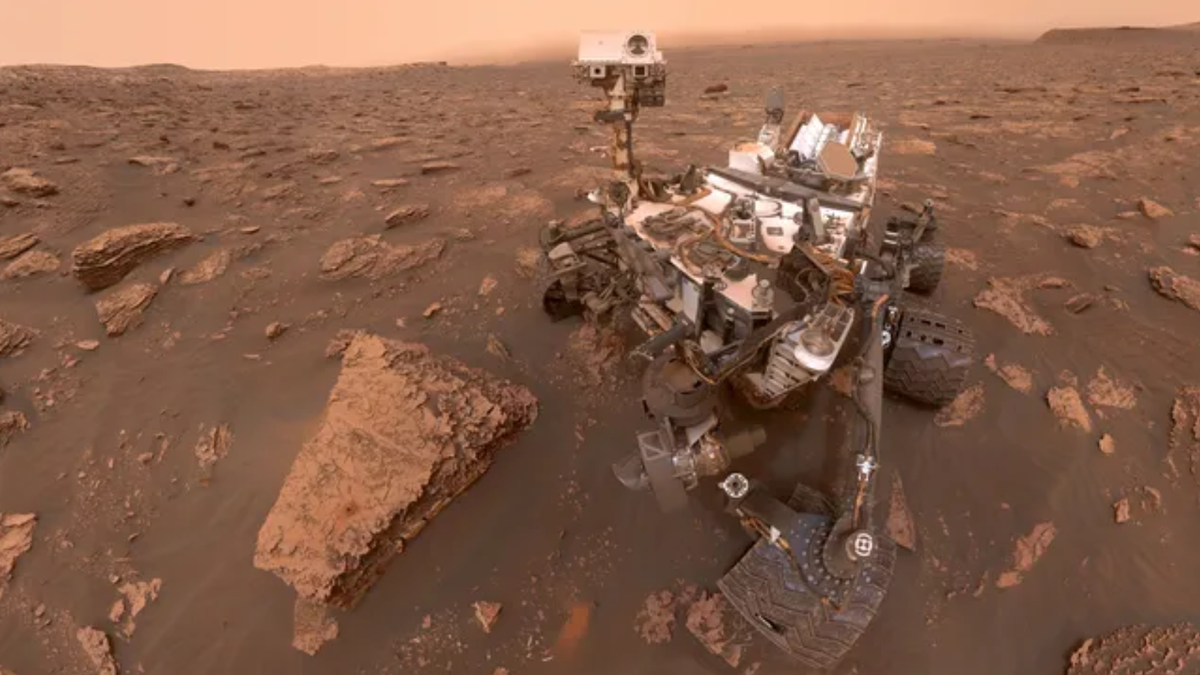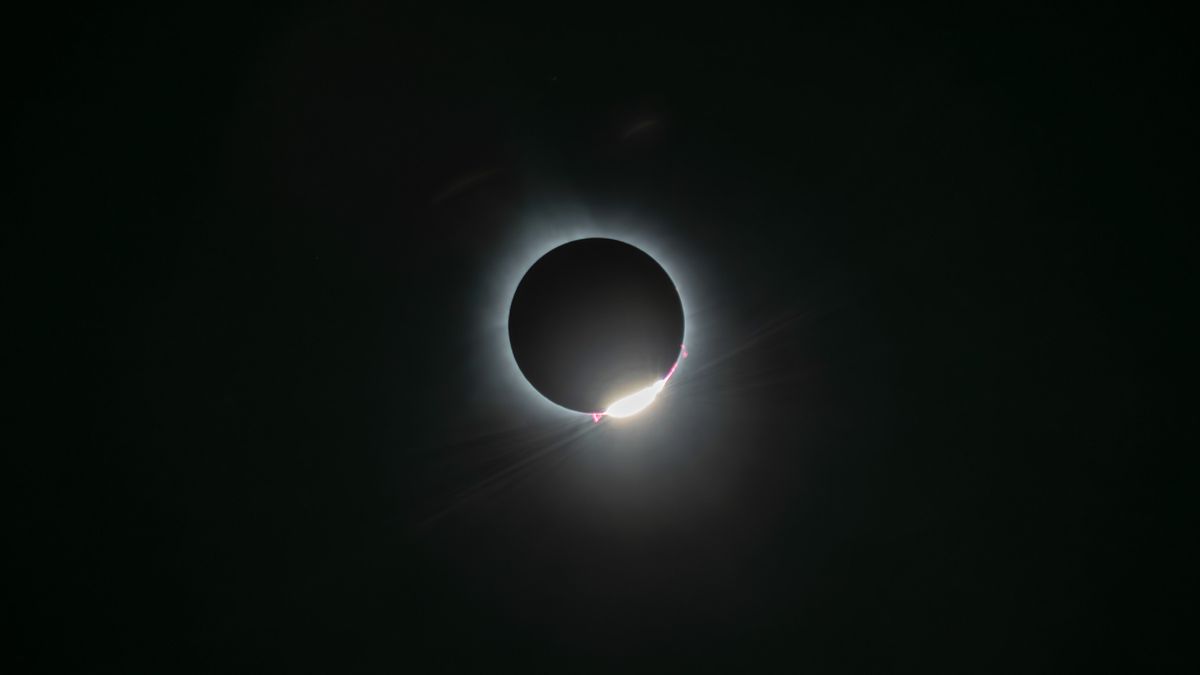Mysterious Methane on Mars: An Analysis
Since 2012, NASA’s Curiosity rover has been detecting methane on Mars, particularly near its landing site within the Gale Crater. However, the behavior of Mars methane is quite baffling. It only emerges at night, shows seasonal fluctuations, and occasionally spikes to levels 40 times higher than usual. Interestingly, significant amounts of methane are not found high in the Martian atmosphere, nor are they detected near the surface in other regions of the Red Planet. This peculiar phenomenon has raised questions about what is really happening at Gale Crater.
The Hypothesis
A team of NASA researchers, led by planetary scientist Alexander Pavlov, may have shed some light on this enigma. The researchers propose that the Martian methane is trapped beneath a solidified salt crust within the regolith at Gale Crater. During warm daytime temperatures, the crust weakens, allowing methane to escape at night. Additionally, the pressure of a heavy rover moving over the crust could potentially crack it, causing a sudden release of methane, similar to how a baby might burp.
These researchers conducted tests on Earth, using a simulated Martian regolith, a salt known as perchlorate (common on Mars), and neon as a methane analog. Their experiments, carried out in a Mars simulation chamber at NASA’s Goddard Space Flight Center in Maryland, demonstrated that a salt crust could form under specific conditions, trapping methane underneath it.
The Mystery Persists
While the presence of a solidified salt layer might explain the erratic behavior of Martian methane, the fundamental question of why methane exists on Mars remains unanswered. On Earth, methane is largely produced by living organisms, yet no signs of life have been discovered on Mars thus far. It is important to note that while methane can indicate biological activity, geological processes can also generate this gas.
“It’s a story with a lot of plot twists,” remarked Ashwin Vasavada, Curiosity’s project scientist at NASA’s Jet Propulsion Laboratory in Southern California. “Some of the methane work will have to be left to future surface spacecraft that are more focused on answering these specific questions.”
A paper detailing the team’s research was published on March 9, 2024, in the Journal of Geophysical Research.
Image/Photo credit: source url





